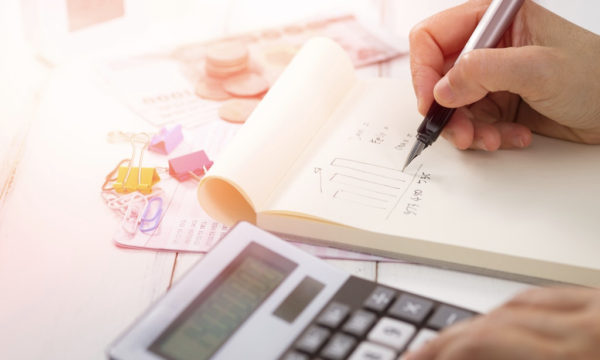Should cockpit safety doors be reviewed?

Following the terrorist attacks of 11th September 2001, the role of cockpits and their port of entry were reviewed, leading to the widespread introduction of reinforced security doors.
The crash of Germanwings flight 9295 has again brought attention to this issue, with many now questioning the practicality of these fortified doors, once considered the pinnacle of in-flight security.
Undoubtedly this security measure needs to be reviewed. As a feature implemented post-9/11 it is now outdated, not least of all in light of aviation disasters that have since taken place.
Of course in a world dominated by the actions and activities of extremist groups and with 9/11 not a distant memory, a terrorist link is always the first fear with the breaking news of an unusual flight crash.
Yet one can hardly forget Malaysia Airlines MH370, another flight in one year to end in tragedy in extremely questionable circumstances, with the aircraft still unrecovered. One can wonder whether such outcome could have been avoided had external persons been able to gain access into the cockpit at the right time.
“Nobody ever thought about having to protect the passengers from the pilots,” says Former Jetblue CEO and founder David Neeleman, whose airline was the first to install the reinforced cockpit doors system-wide after 9/11.
And so it has taken the Germanwings incident for the public to realise that pilots having full control of cockpit doors can actually be detrimental to the safety of everyone on board. Although it must be said that not all pilots are necessarily nefarious when locked in the cockpit: in 2009, two pilots fell asleep for an hour and flew 600 miles past their destination in Minneapolis, the previous year a similar incident occurred in Hawaii, leading officials to believe both planes had been hijacked.
In any case, it seems bizarre that these doors were essentially made impenetrable from the outside, and alarming that only now a definitive but secure way to get back through the cockpit doors is being called for.
As commentators now question whether pilots should be allowed to lock themselves in, finding an alternative is tricky. Time delays are problematic and although aircraft makers do offer intruder-proof security gates on planes, the increased weight makes them undesirable.
Instead, more consideration needs to be given to safety protocol. In the US, two people must be in the cockpit at all times, a moveable barrier in front of the flight deck prevents unauthorised entry and the use of air marshals is not uncommon.
In the EU and Australia, there are no such measures. Germanwings have admitted that it is normal for a pilot to end up alone in the cockpit for a period of time. This EU-wide acceptance easily facilitates a takeover once the accompanying pilot leaves the flight deck momentarily.
A month after 9/11, the US Federal Aviation Administration phased in numerous increased regulations to safeguard pilots and airline cockpits. Now European aviation security experts must look to their American cohorts for a viable and practical measure that will ensure a tragedy of this nature never happens again.
Clarissa Waldron
























Facebook
Twitter
Instagram
YouTube
RSS